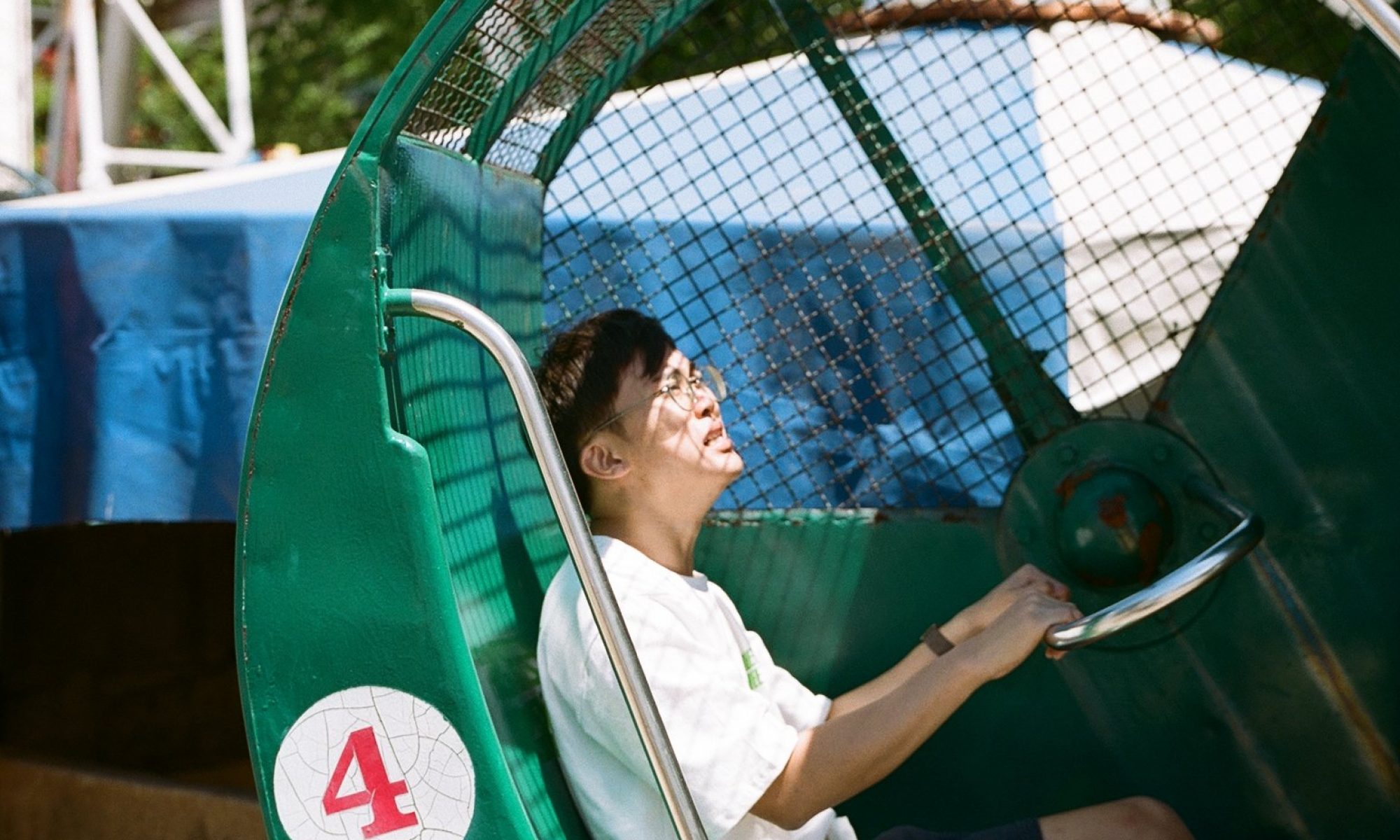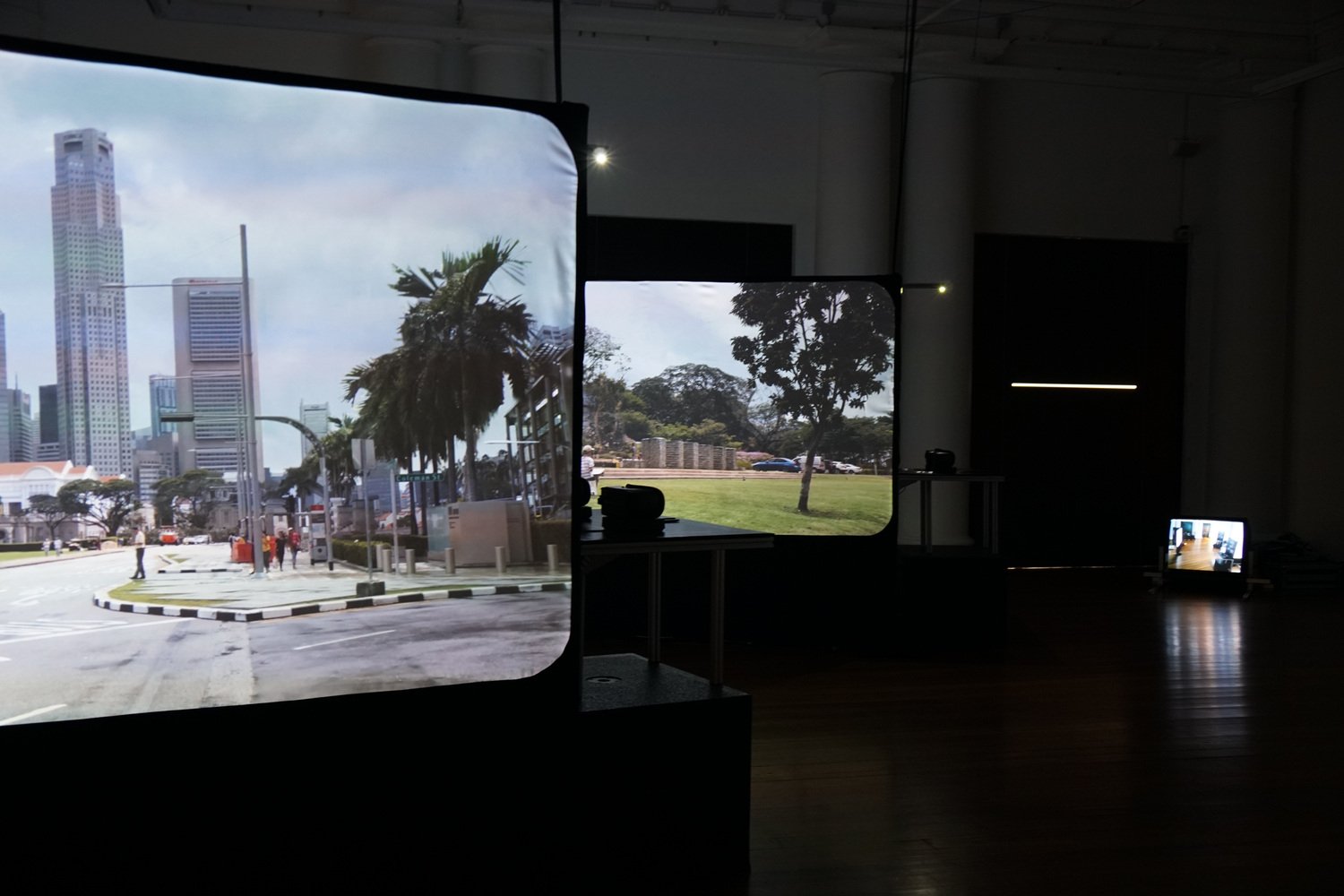The Lapse Project
The Lapse Project consists of 5 parts: VR Lapse, Particle Lapse, 24H Lapse, Panorama Lapse, and Journal Lapse. The project uses the concept of the word ‘lapse’ as a gateway to the conversation between the growing digitising of our nation, the virtual technology we use, and our memory of the physical world.
VR Lapse focuses on the disappearance of The Art House, where the viewer is placed within the now empty space with a 360 degree view of its surrounding, allowing us to contemplate the idea of the disappearance of an important local landmark without it actually being demolished.
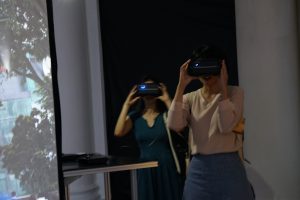
Particle Lapse worked in conjunction with VR Lapse, focusing on sound instead of visuals. Using the sonic vibrations recorded 24 hours prior, Particle Lapse aims to disorient the viewer in an attempt to create an illusion of a gap in space and time.
24H Lapse uses CRT monitors to show scenes of visitors in the space in the past 24 hours over live footages that make them appears to coexist with the current time.
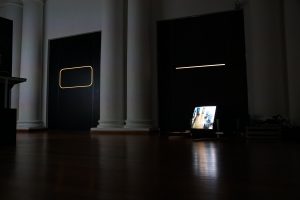
Panorama Lapse is a video projection triptych that digitally erased 3 art gallery buildings, namely: The National Museum of Singapore, National Gallery Singapore, Singapore Art Museum. Visitors goes about their daily lives in these changed spaces, which asks the question: what would happen to us if this is our reality? The work also plays on our memory of the erased spaces, do we recognise these spaces if they are gone?
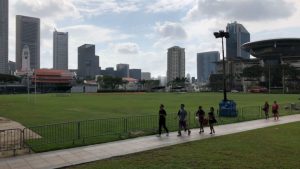
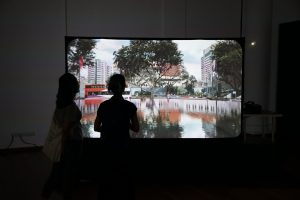
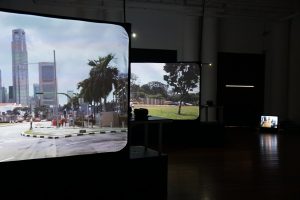
Lastly, Journal Lapse is a piece of creative writing that plays on the idea of ‘lapse’ to its fullest extend.
Overall, I don’t really understand this project. Although conceptually, I understand where the artists are coming from, I feel that the works do not connect. For example, in VR Lapse, there is a very far link between the removal of a building in a VR space and the idea of the removal of an actual building as we are used to the (unreal / manipulative?) nature of virtual space and as such, a disappeared building could be inferred as a ‘bad render’, or that it ‘disappeared for us to see clearly’. (what I mean is, in games, some 3D objects disappear when it gets in the view of the camera in order for the players to see their characters clearly without an obstruction). I feel that it will have very little impact on the viewers, probably because it is done in VR.
Another example is the (forced?) link between surveillance and data mining in 24H Lapse. I do not associate the 24 hour lapse in CCTV footage with the “seemingly obsolete technology of CCTV surveillance that is being rapidly replaced by data mining.” Perhaps it is a sound argument conceptually, but visually, it seems far-fetched.
Despite my criticisms, I really like Panorama Lapse as it connects best visually and conceptually. It is straight forward, easy to understand, and proves its point. Although I also imagine that 24H Lapse would be a cool installation to see too.
It might have been better if I was there to see the artwork firsthand as it sounds too complex on paper. As such, my views may be distorted due to the lack of physical interaction with the artworks.
The Lapse Project brochure:
https://files.cargocollective.com/c324665/The-Lapse-Journal.pdf
Articles:
https://inter-mission.art/The-Lapse-Project-1
INTER-MISSION: Does Out of Sight, Out of Mind in Singapore leads to Nevermind?
